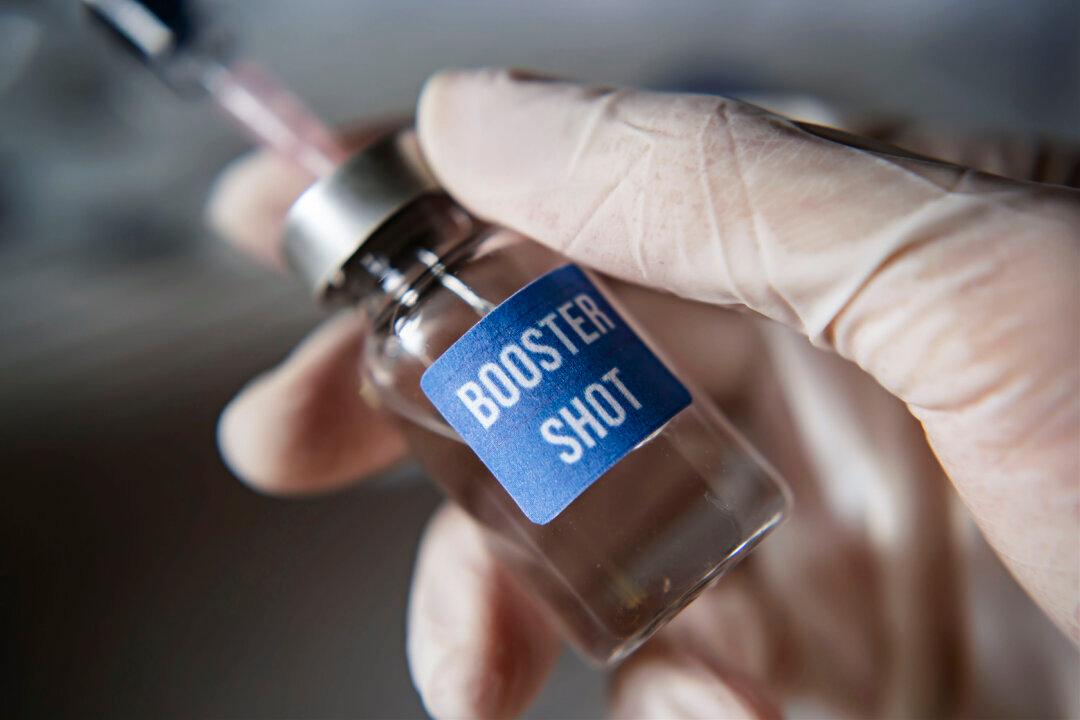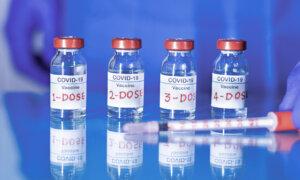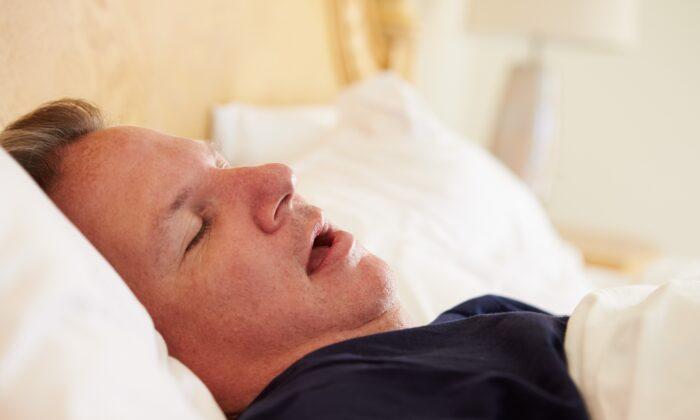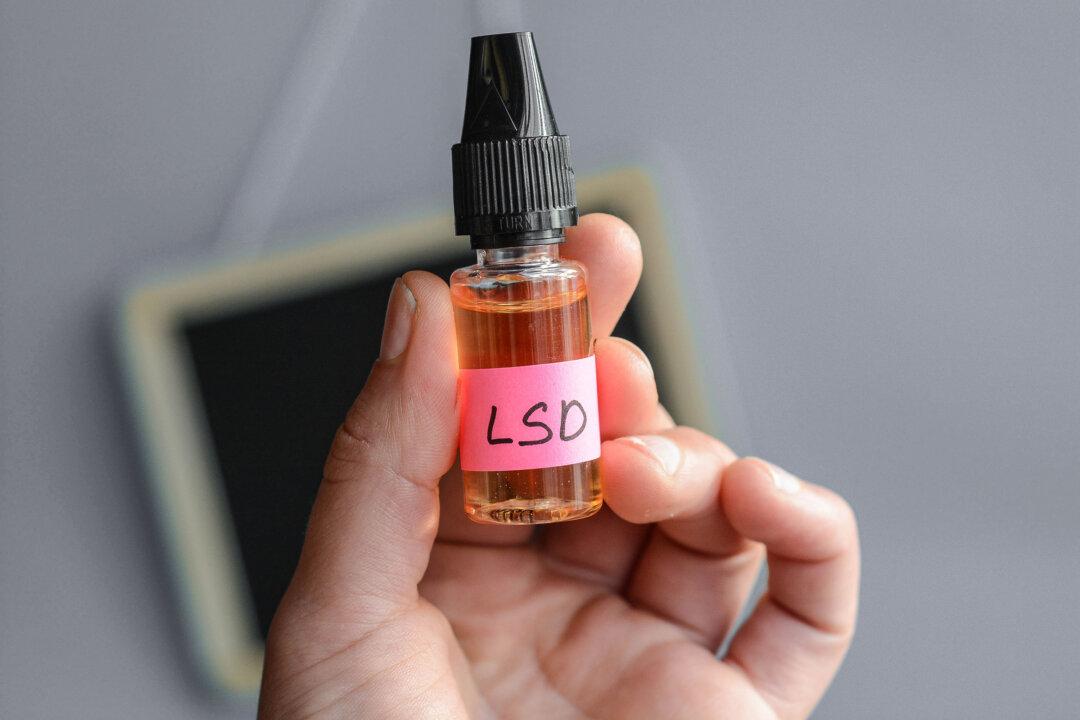Getting a COVID-19 booster shot and its timing may affect the frequency and type of symptoms in breakthrough SARS-CoV-2 infections.
Study Details
Researchers evaluated the number, type, and duration of symptoms among 476 students and employees with SARS-CoV-2 infections at New York Medical College (NYMC) from Dec. 1, 2021, to June 30, 2022. They also tracked the days between their last vaccination and COVID-19 diagnosis.All students and employees at NYMC during this time were mandated to receive a two-dose primary series of an mRNA COVID-19 vaccine or a single dose of Janssen’s Johnson & Johnson vaccine by Sept. 30, 2021, unless they had a vaccine exemption. In February 2022, the school began requiring a booster dose.
In addition to vaccine requirements, the school implemented testing requirements for symptomatic and asymptomatic individuals exposed to COVID-19. Individuals with confirmed SARS-COV-2 infection had to fill out a symptom log for 10 primary symptom categories, including fever, cough, shortness of breath, nasal congestion, sore throat, headache, fatigue, body/muscle aches, gastrointestinal issues, and a loss of taste or smell.
According to the study, 2,443 of the 2,456 (99.4 percent) students and employees received a primary series COVID-19 vaccine, and 13 individuals were unvaccinated. Yet COVID-19 cases in December 2021 increased tenfold over each of the previous three months.
Between December 1, 2021, and June 30, 2022, the proportion of infections among vaccinated individuals was significantly greater than the proportion of cases among the unvaccinated—46.2 percent versus 19.5 percent.
Of the 476 vaccinated individuals, 433 were symptomatic, but only 393 cases had sufficient data to assess symptoms. Of the 393 cases, 285 individuals were boosted, and 108 were vaccinated but non-boosted. The study found that cough, nasal congestion, and fever were the most common SARS-CoV-2 symptoms reported, followed by sore throat, headache, body and muscle aches, and fatigue. Only 13 cases reported a change or loss in taste or smell.
Other Study Data
Other data suggests that the number of COVID-19 vaccinations a person receives could influence which symptoms they’re most likely to experience if they become infected with SARS-CoV-2. According to data from the ZOE Health Study, a collaborative data project between health science company ZOE and researchers from King’s College London, Massachusetts General Hospital, Harvard T.H. Chan School of Public Health, and Stanford Medicine, the most frequently reported symptoms by individuals with positive COVID-19 tests include the following:- Sore throat
- Runny nose
- Blocked nose
- Sneezing
- Cough without phlegm
- Headache
- Cough with phlegm
- Hoarse voice
- Muscle aches and pains
- Altered sense of smell








